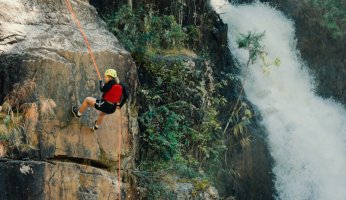Bear Safety Basics
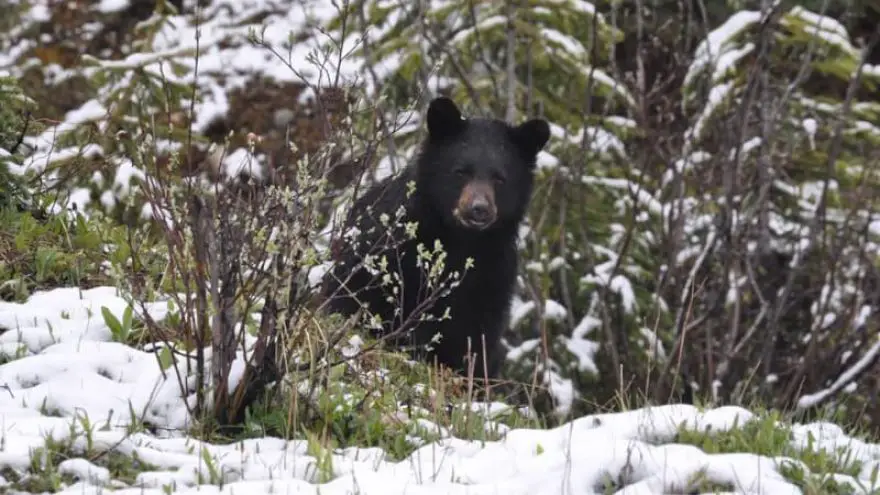 Bear Safety Basics
gearweare.net
Bear Safety Basics
gearweare.net
Three types of bears can be found in the United States: black bears, brown bears or grizzly bears, and polar bears. Encountering a bear in the backcountry is a common experience, especially in places like Yosemite, Yellowstone, or Glacier National Park, and although these are dangerous creatures, it can be both a thoroughly safe and riveting occurrence if the correct protocols and precautions are taken.
For the most part the procedure for safely traversing black and brown bear territory is the same, however, there are some differences for what should be done if they attack. The same preventative measures also apply to polar bears, which are the largest and most dangerous of the three species. However, polar bears only live above the Arctic Circle and are therefore not an animal most need to worry about. For that reason, polar bear safely will not be addressed in this article. If you plan on taking a trip into their territory make sure to become acquainted with any specific knowledge needed.
Table of Contents
Black Bears vs. Brown Bears
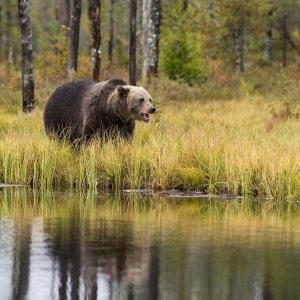
Black bears are the most common bear found in the lower 48. They can be found roaming along both coasts and in much of the territory in between as well. They weigh up to 500 pounds, and, despite their name, can have coats that are white, blond, cinnamon, brown, or black. They are omnivores and scavengers; however, many are also vegetarian. Still, these are massive and dangerous creatures that should be treated as such.
Brown bears, also known as grizzly bears, are larger, some reaching a size of 1000 pounds. They come in the same range of colors as black bears but can be quickly differentiated by their size. The other distinguishing feature of brown bears is a large hump between their shoulder blades, which is noticeable even at a distance. Although most the United States’ grizzly population is in Alaska, these endangered bears have had a resurgence in western states including Wyoming, Montana, and Washington.
Bear Spray:
First and foremost, make sure to bring a deterrent whenever you venture into bear territory. Bear spray, also called bear pepper spray or capsicum spray is the most effective deterrent out there. In a Backpacker article, bear expert Tom Smith cites a study that found out 133 run-ins with bears when a bear spray was used, only three people were injured, and these injuries were minor. Guns can also be used as a deterrent; however, a missed shot is only likely to anger the bear more. Plus, utilizing a gun will result in either injury or death to the animal, while bear spray achieves the same goal of safety without inflicting lasting harm.
Knowing how to use bear spray is critical to it being an effective precautionary measure. Store it in an easily accessible location, such as on your belt or in a side pocket. Before using it remove the safety clip. Aim slightly downward and make sure to adjust your position so that the bear, and not you, is downwind. You can begin spraying when the bear is 30 to 60 feet from your position, depending on how quickly the bear is moving. Continuing spraying until the bear changes course, and if it does not spray it directly in the face.
Safety in Numbers:
Those hiking alone or with just one other person are far more likely to be the victim of a bear attack. According to the National Park Service, only 9% of recorded injuries inflicted by bears were to individuals hiking in a group of three people or more.
Make Noise:
Surprise encounters between bears and people are what most commonly put bears on red alert. When coming to an area that is dense with underbrush or where you can’t see around a bend in the trail, alert bears to your presence by yelling “Hey bear!” or something else similar.
Protect Your Food:
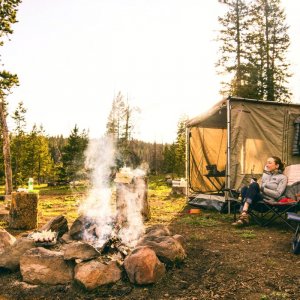
If you are camping, make sure your food is secure before turning in for the night. When car-camping, your vehicle is a fine place to put all food, trash, and any other smelly item that could attract a bear. Some campgrounds also have secure bear boxes. In the backcountry though, you will have to put in a bit more effort to ensure that your food is secure. The simplest method is to get a bear canister, which is a plastic container that bears find impossible to open. However, these can be quite bulky and take up a lot of space in one’s backpack. The other option is to hang a bear bag from a tree. The bag must hang ten feet from the ground and at least four feet from any tree trunks. About 35 feet of rope is required to do this.
It should be noted that “smelly items” include things like toothpaste and pet water bowls. Also, make sure to never store these items in your tent overnight, as this may cause a bear to attack your tent, and to place your tent at least 100 yards from the main campground where you are cooking and where the food is stored.
In the Case of a Bear Encounter
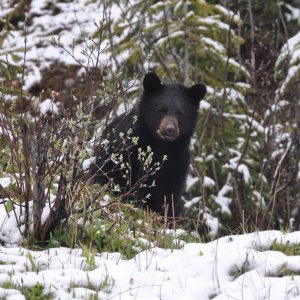
If you come face to face with a bear you should stay calm, make noise, keep the group together, and protect small children. Furthermore, try to avoid a confrontation by backing away slowly, and take a detour or wait until the bear is gone before continuing onward. If the bear continues to appear aggressive, get your bear spray ready. How you proceed from here depends on whether it is a brown or black bear.







